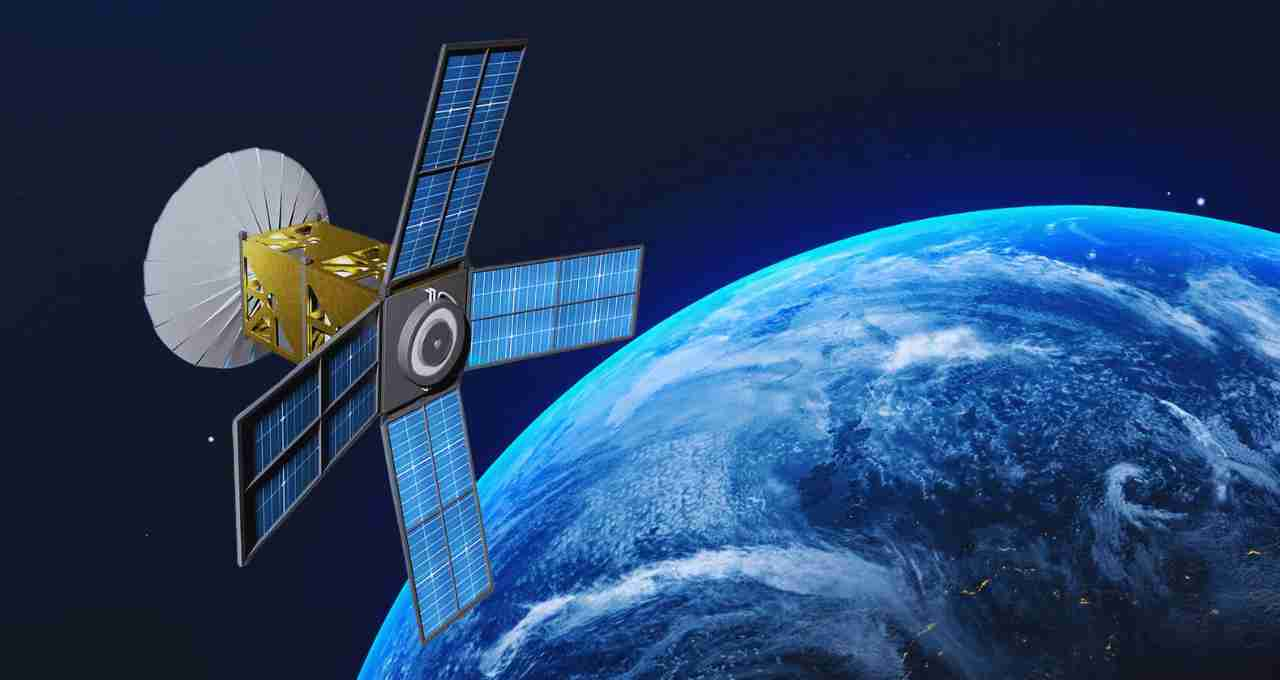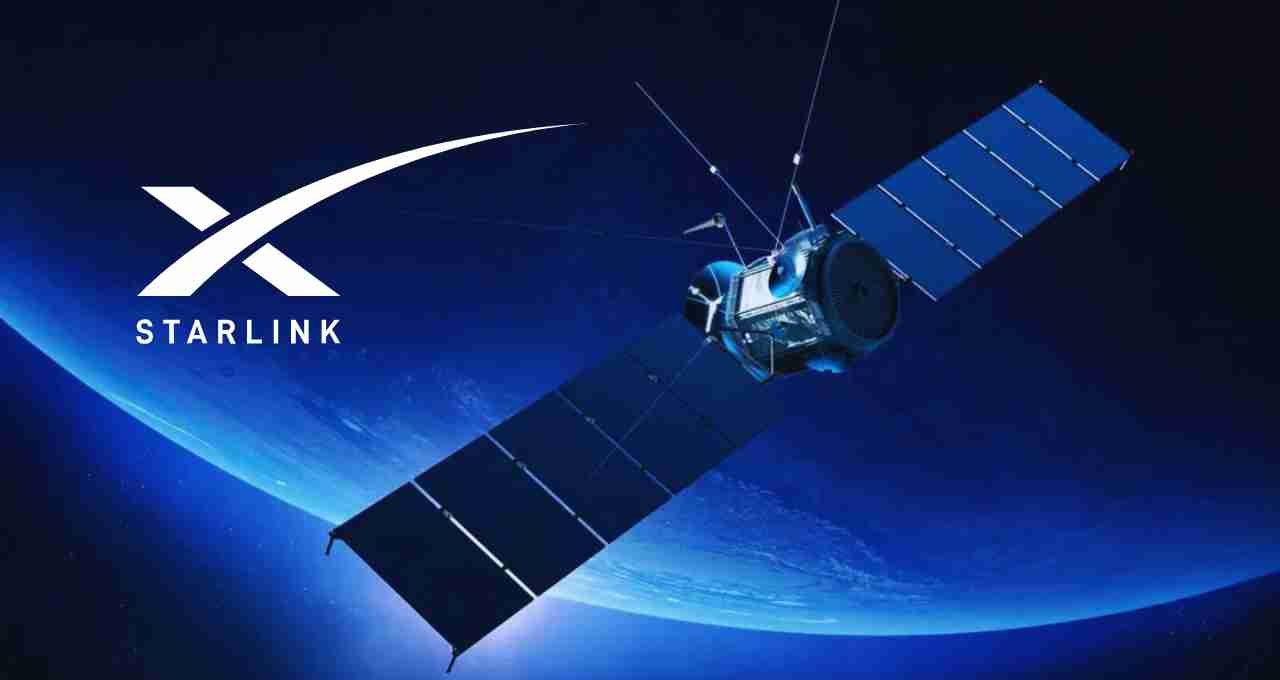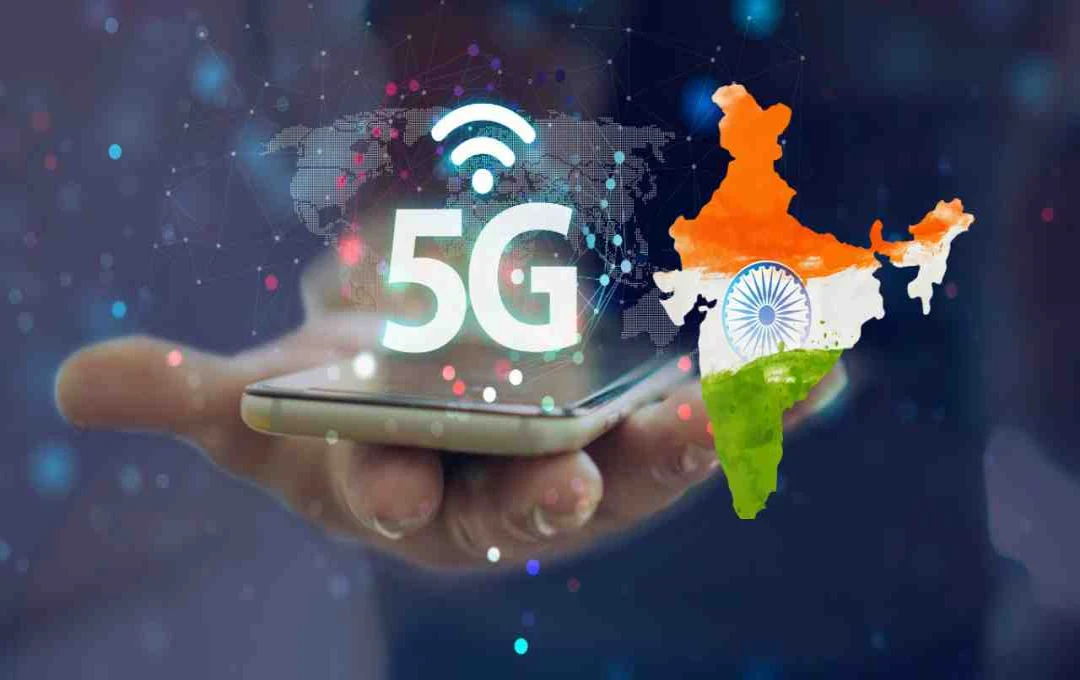India's Ananth Technologies will launch a 4-ton satellite by 2026, providing 100Gbps internet speed across the country from 2028. GEO satellite technology will enable a single satellite to cover the entire nation.
Indigenous Satellites: Until now, we've heard of foreign satellite internet services like Elon Musk's Starlink, Amazon's Project Kuiper, or Airtel-OneWeb. But now, India is also set to launch a space-based high-speed internet service using completely indigenous technology. This revolutionary initiative comes from Hyderabad-based Ananth Technologies, which is preparing to launch its first 4-ton satellite by 2026 and plans to provide internet with speeds of up to 100Gbps to the general public by 2028.
One Satellite, Entire India: The Power of GEO Technology
This communication satellite from Ananth Technologies will be installed in GEO, or Geostationary Earth Orbit. GEO satellites are located approximately 35,786 kilometers from Earth and rotate along with the planet, allowing them to continuously cover a single region. According to experts, the biggest advantage of a GEO satellite is that a single satellite can cover the entire country of India, which is spread over thousands of kilometers.
GEO vs. LEO: What's the Difference?

The biggest difference between GEO (Geostationary) and LEO (Low Earth Orbit) satellites lies in their altitude and method of operation. GEO satellites are very high above the Earth (approximately 36,000 km) and remain fixed in one location, providing internet to the entire country simultaneously. LEO satellites, on the other hand, orbit the Earth at a closer range (400 to 2,000 km) and require thousands of satellites to cover every area.
GEO satellites may have slightly slower speeds, but they are a more affordable and reliable option in the long run. LEO satellites have higher speeds, but their system is more expensive and complex because it requires maintaining numerous satellites. Therefore, Ananth Technologies of India has chosen a GEO satellite to provide high-speed internet to the entire country with fewer satellites.
Powerful Speed of 100 Gbps, Without Cables!
The special feature of this satellite from Ananth Technologies will be its Ka-Band technology, which will enable the satellite to provide speeds of up to 100 Gbps. This can prove to be a boon, especially for remote, rural, and mountainous areas where traditional fiber or mobile networks are difficult to reach. Through this, not only internet but also areas like e-governance, telemedicine, digital education, and smart agriculture can experience tremendous growth.
🇮🇳 Green Signal from IN-SPACe, a New Direction for India's Space Policy
Ananth Technologies has received permission from IN-SPACe (Indian National Space Promotion and Authorization Center) for broadband from space services. This means that the company has not only received approval to launch a satellite but will also be able to operate as a satellite operator. This is a new chapter in India's private space sector, where private companies can now send satellites into space to provide commercial services.
Is this a challenge to Starlink?

Absolutely! While Starlink and other foreign companies are still trying to get permissions from the Indian government, Ananth Technologies has already moved ahead. If this plan is successful, India will not only become self-reliant in satellite internet service but will also eliminate foreign dependence.
Is One Satellite Enough for India?
According to reports and experts, a single GEO satellite may be sufficient to cover a country like India. But if the number of users and data demand increases, Ananth Technologies can launch more satellites. The company has clarified that it is working on a flexible model, in which the number of satellites can be increased as needed.
Launch Timeline: What's the Next Step?
- By the end of 2025: Satellite construction and testing
- 2026: Launch (likely with a GSLV or ISRO rocket)
- 2027: Ground station, terminal development
- 2028: Broadband service begins for consumers















